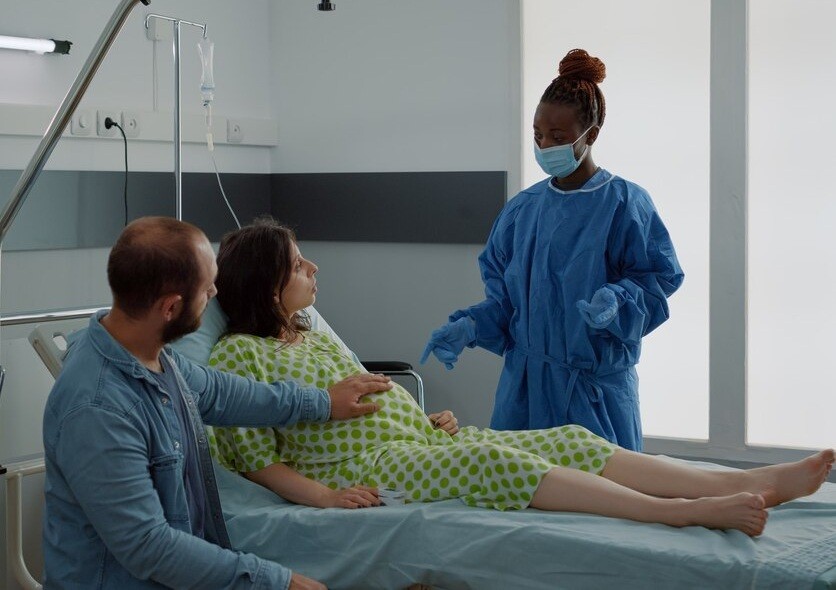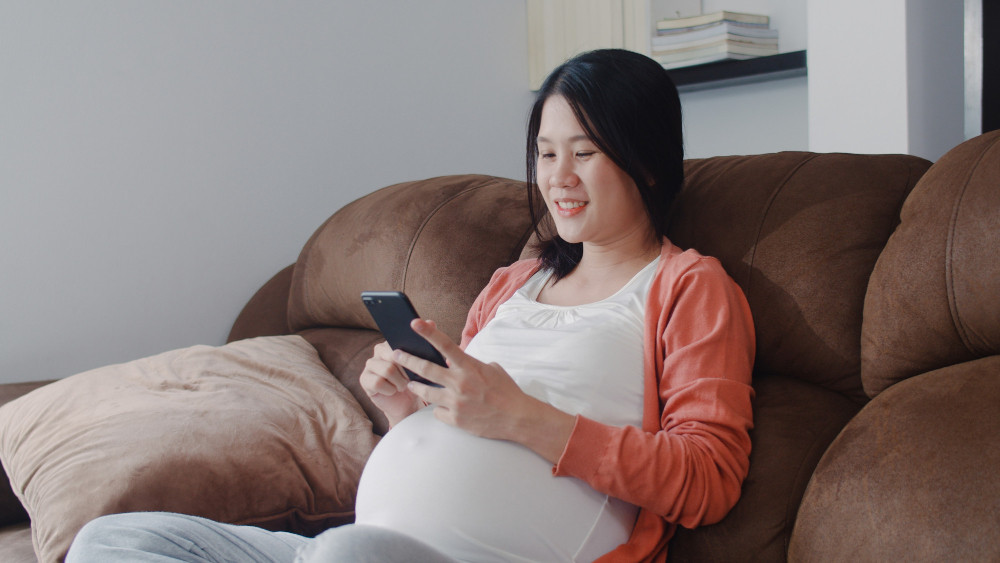Tubuh terasa nyeri selama kehamilan adalah salah satu keluhan umum yang sering dialami ibu hamil. Nyeri dikeluhkan terutama di bagian punggung, leher, pinggul, dan kaki.
Nyeri selama kehamilan terjadi karena perubahan fisik yang dialami tubuh. Pertumbuhan janin memberikan tekanan pada tulang belakang dan otot-otot tubuh, selain itu perubahan hormon juga memengaruhi persendian dan ligamen. Bagi ibu hamil, pijat dianggap efektif untuk meredakan nyeri tersebut dan memberikan kenyamanan. Namun, amankah bila ibu hamil dipijat?
Bolehkah Ibu Hamil Dipijat?
Untuk memberikan kenyamanan dan meredakan nyeri selama kehamilan, ibu hamil boleh menikmati terapi pijat. Pijat untuk ibu hamil dikenal dengan istilah prenatal massage.
Pijat ini sangat bermanfaat bila dilakukan dengan tepat. Untuk keamanan, sebaiknya pijat diberikan oleh terapis yang sudah terlatih dalam pijat kehamilan.
Pijat prenatal difokuskan untuk mengurangi ketegangan otot, meningkatkan sirkulasi darah, mengurangi stres, dan mengatasi insomnia. Pijatan perlu dilakukan dengan lembut dan terapis harus menghindari memberikan tekanan terlalu keras di area-area tertentu.
Baca Juga: Cara Mencegah Kaki Bengkak saat Hamil
Hal yang Perlu Diperhatikan Sebelum Pijat Prenatal
Meskipun pijat prenatal bisa memberikan banyak manfaat, ada beberapa hal yang perlu diperhatikan agar ibu dan janin tetap aman, di antaranya:
Perlu memilih terapis yang berpengalaman
Tidak semua terapis pijat memiliki keahlian dalam menangani kehamilan. Anda disarankan mencari terapis yang memiliki sertifikasi dan pengalaman dalam melakukan pijat prenatal.
Waktu yang tepat untuk pijat
Sebaiknya hindari pijat selama trimester pertama kehamilan, karena periode ini sangat sensitif bagi perkembangan janin. Apabila Anda ingin mendapatkan sesi pijat, maka trimester kedua dan ketiga dinilai lebih aman.
Posisi pijat
Ibu hamil sebaiknya tidak berbaring telentang terlalu lama, terutama setelah trimester kedua. Posisi ini dapat menekan pembuluh darah utama yang dapat mengurangi aliran darah ke janin.
Posisi terbaik untuk pijat prenatal adalah berbaring miring dengan bantal yang menopang tubuh.
Menghindari tekanan berlebihan
Pijat prenatal perlu dilakukan dengan lembut, terutama di area punggung bawah dan kaki. Terapis harus menghindari memberikan tekanan terlalu keras di area-area sensitif tersebut.
Beberapa pijatan keras di titik tubuh tertentu, seperti di pergelangan kaki dan panggul bisa merangsang kontraksi. Untuk itu, tekanan pijatan tidak boleh diberikan berlebihan.
Baca Juga: Gusi Bengkak saat Hamil, Ketahui Penyebab dan Cara Mengatasinya
Kapan Pijat Harus Dihindari?
Walaupun secara umum dianggap aman, ibu hamil sebaiknya menghindari pijat dalam kondisi tertentu, seperti:
- Memiliki kehamilan berisiko tinggi, seperti kondisi preeklamsia, hipertensi, atau memiliki riwayat keguguran sebelumnya
- Ibu hamil memiliki masalah seperti perdarahan, masalah plasenta, atau kondisi medis lainnya
Apabila Anda merasa ragu akan keamanan pijat selama kehamilan, sebaiknya konsultasikan terlebih dahulu dengan dokter. Anda juga bisa memanfaatkan layanan konsultasi kesehatan Ai Care dengan mengunduhnya melalui App Store atau Play Store.
Mau tahu informasi seputar kehamilan, menyusui, kesehatan wanita dan anak-anak? Cek di sini, ya!
- dr Nadia Opmalina
American Pregnancy Association. Prenatal Massage Therapy. Available from: https://americanpregnancy.org/healthy-pregnancy/is-it-safe/prenatal-massage/
Simone Marie (2023). How to Safely Get a Massage While Pregnant. Available from: https://www.healthline.com/health/pregnancy/where-not-to-massage-a-pregnant-woman
Rebecca Buffum Taylor (2023). Pregnancy Massage. Available from: https://www.webmd.com/baby/pregnancy-and-massage
Cleveland Clinic (2022). Prenatal Massage Benefits and Safety. Available from: https://health.clevelandclinic.org/prenatal-massage
Better Health Channel. Pregnancy - signs and symptoms. Available from: https://www.betterhealth.vic.gov.au/health/HealthyLiving/pregnancy-signs-and-symptoms
Cleveland Clinic (2023). Pregnancy Discomforts. Available from: https://my.clevelandclinic.org/health/articles/pregnancy-pains












